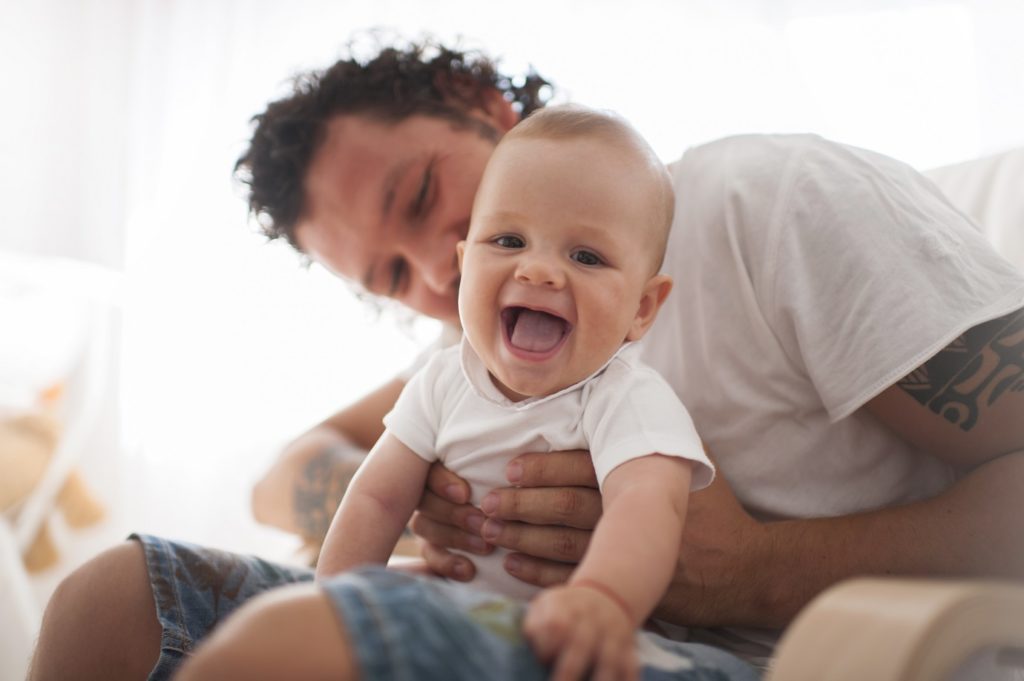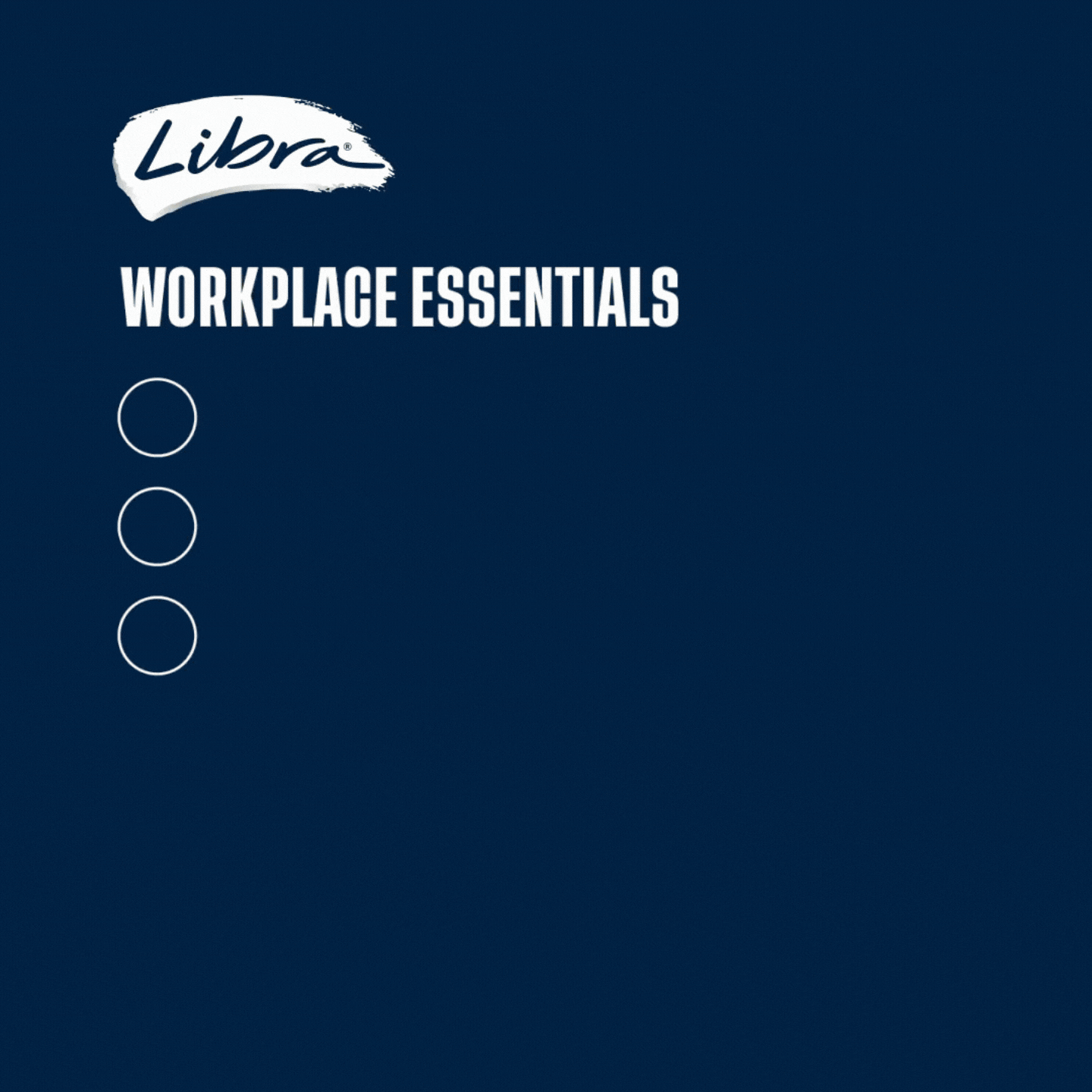All NSW public sector employees will soon be eligible for 14 weeks paid parental leave in the first year of their child’s life if they are primary carers.
Previously, only public servants who were the “maternal” parent could access 14 weeks paid parental leave, while the “other” parent – most typically the father – has been entitled to 1 week of paid leave.
From 1 July 2021, any parent will be entitled to 14 weeks paid parental leave, a policy change that is the result of a decade-long campaign by the Public Service Association for equal parental leave for both parents.
Stewart Little, General secretary of the Public Service Association NSW said it was a huge win for families and gender equity.
“This gives families more choice about how they’ll care for their new child. But it also means women will be able to more readily return to work once they’re ready, knowing that the other parent also has access to paid parental leave,” Little said.
“Both parents should be able to take time to bond with their new child, to learn how to care for them, and to share the load. Neither parent should be in a position where they have to make a choice between their career or their child.
“Universal paid parental leave makes NSW public sector workplaces fairer, and paves the way for the private sector to follow.”
Little said the changes to paid parental leave for NSW public servants would help address gender inequality in the workforce.
“We know the longer women spend away from the professional workforce the harder it becomes to return. As a result we see a widening gender pay gap, and women’s superannuation balances suffer,” he said.
“There is no silver bullet to addressing gender inequality in our workplaces. But universal parental leave paves the way for significant cultural shift.”
George Harle, a school learning support officer in NSW, said having access to 14 weeks paid parental leave would be a game-changer for many dads like himself who currently work in the NSW public sector.
“My first son was born at the beginning of 2020 and because of grossly limited leave options, I missed out on a crucial period with him as I was forced to return to work after a couple of weeks,” Harle told Women’s Agenda.
“This policy will make a huge difference if we decide to have a second child and will allow us to divide time fairly without mammoth setbacks to career progression. It’s excellent that my partner will be able to return to work after her leave entitlements come to an end knowing that our baby is safe and happy with me at home.”
Last week, the Public Sector Industrial Relations advised the Public Sector Association that it would expand the NSW public sector parental leave entitlement to allow the “other” parent to access two weeks paid leave at the time of birth, adoption, or surrogacy, plus an additional 12 weeks paid leave in the first 12 months of the child’s life. The 12 weeks can also be taken at 24 weeks half pay.
One member of the Public Sector Association said the new policy would be beneficial for him and his family, and will help his wife to complete her Masters degree.
“I recently took eight weeks off after the birth of my daughter In December last year. As a father, I only had access to one week of paid parental leave, the remaining seven weeks was scrapped together using a salad of recreation leave, accrued flex leave and leave without pay,” he said.
“Having 14 weeks of fully paid parental leave will be massive for me and my family. It will make it so much less stressful for my wife and I to have more children. Importantly, it will enable her to complete her Masters and get back to her career as a clinical neuropsychologist.”


